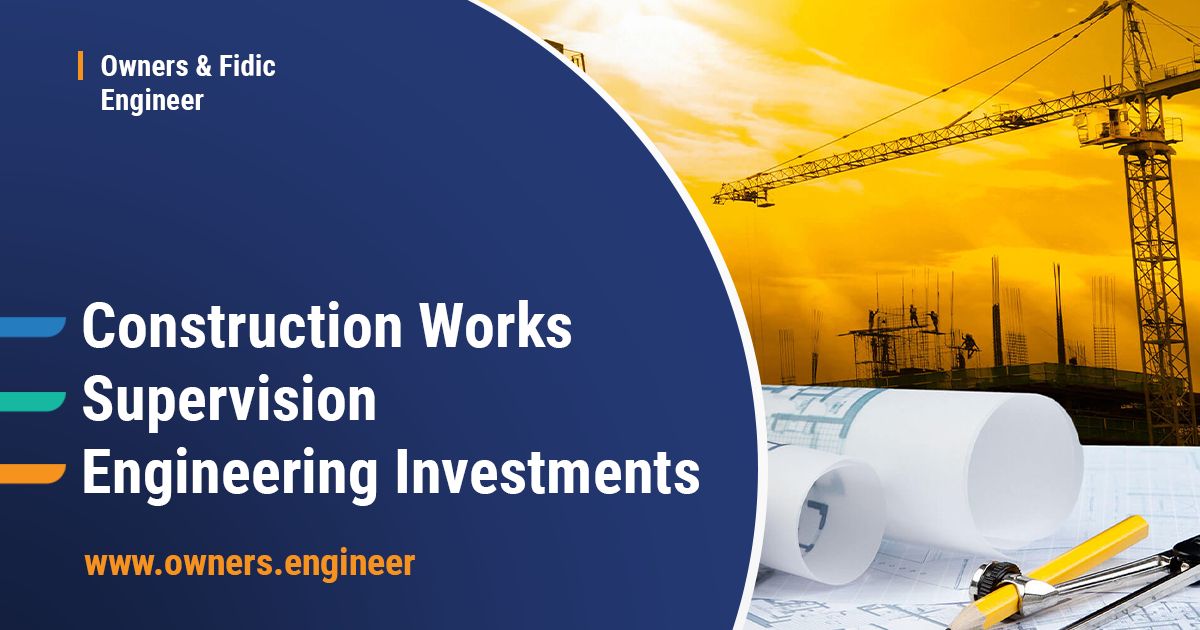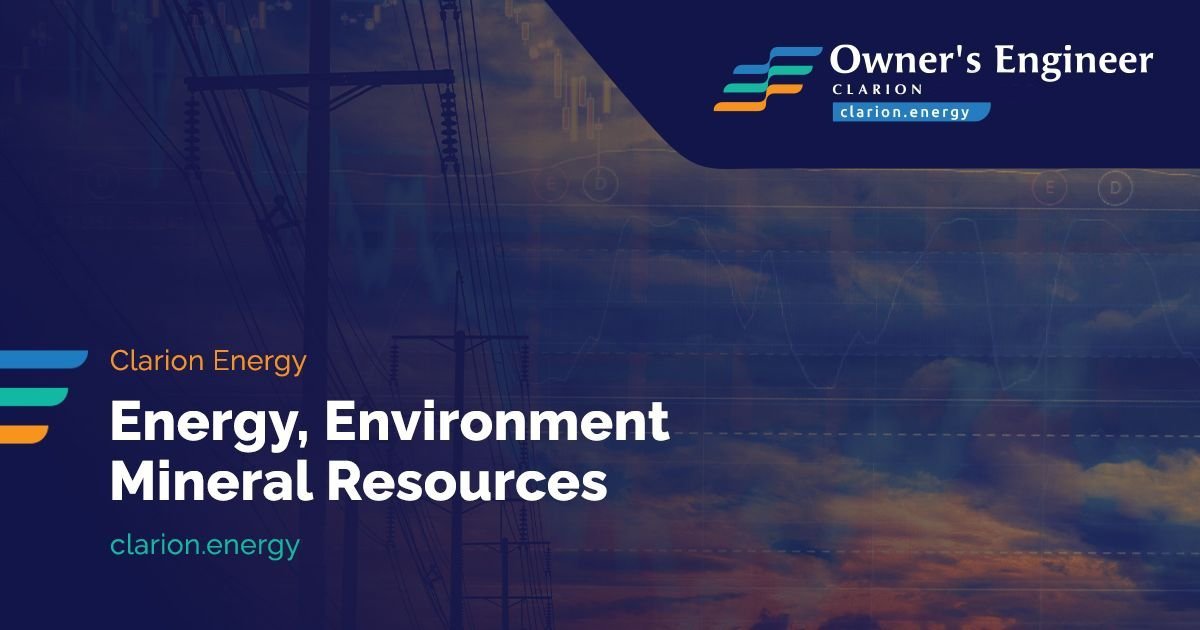China is a global manufacturing powerhouse for electrical, mechanical, and industrial equipment—from LV/MV/HV switchgear and transformers to pumps, skids, and fabricated steel. These products can meet the highest international standards—but only if conformity, documentation, and testing are controlled end-to-end. For EU-bound assets, non-compliance can halt customs clearance, void insurance, block loan disbursements, and jeopardize project schedules.
This experienced insight sets out the standards landscape, the evidence you must obtain, and a field-tested workflow for verifying technical data and quality—before, during, and after production.
Standards & regulatory map you must align to
A. EU regulatory directives & regulations (CE framework)
Depending on product scope, you’ll typically need:
- Low Voltage Directive (LVD) 2014/35/EU – electrical safety (50–1000 V AC / 75–1500 V DC)
- EMC Directive 2014/30/EU – electromagnetic compatibility
- Radio Equipment Directive (RED) 2014/53/EU – for devices with wireless/radio functions
- Machinery Directive 2006/42/EC → transitioning to Machinery Regulation (EU) 2023/1230 (full application from 2027)
- Pressure Equipment Directive (PED) 2014/68/EU – vessels, piping, safety accessories
- ATEX 2014/34/EU – equipment for explosive atmospheres
- Construction Products Regulation (CPR) 305/2011 – where harmonized ENs exist (e.g., cables, certain structural items)
- Ecodesign/ErP 2009/125/EC – energy-related products
- RoHS 2011/65/EU (and amendments) – hazardous substances in EEE
- REACH 1907/2006 – chemicals/substances (SVHC disclosure)
- WEEE 2012/19/EU – e-waste obligations (producer responsibility)
CE marking requires a compliant Technical File, EU Declaration of Conformity (DoC), and correct labeling/instructions (in the destination Member State language).
B. Product standards (EN/IEC)
Typical families used by utilities, EPCs, and industrial buyers:
- Transformers: IEC/EN 60076 series
- Switchgear: IEC/EN 62271 series (HV/MV), 61439 (LV assemblies)
- Electrical installations: IEC/HD 60364 series
- Lightning/earthing: IEC 62305, EN 50522
- Motors/drives: IEC 60034 series
- Welding & structural steel: EN 1090-1/-2, ISO 3834, ISO 5817
- Cables: EN/IEC relevant product norms + CPR reaction-to-fire classes
- Instrumentation: IECEx/ATEX where applicable
C. China-specific marks & international schemes
- CCC (China Compulsory Certification) – mandatory for defined product lists in China (not a CE substitute, but often a quality signal)
- CNAS accreditation – Chinese labs accredited under ILAC MRA (mutual recognition for test data credibility)
- IECEE CB Scheme – CB Test Certificates/Reports provide global recognition for IEC-based safety testing (map to EN adoption with national deviations)
The evidence bundle: what you must collect and verify
Think in layers of proof, from the factory’s system down to the serial number on your item:
A. Manufacturer & system-level
- Valid ISO 9001 (quality), ISO 14001 (environment), ISO 45001 (OH&S) certificates (issued by accredited bodies)
- Welding quality: EN ISO 3834 (and if structural supply into the EU market under CPR, EN 1090-1 certification with Execution Class aligned to design)
- Approved vendors list, organogram, calibration program, document control procedures
B. Product design & type approval
- Standards matrix: exact EN/IEC clauses applied, with national deviations noted
- Risk assessments (Machinery/RED) and design calculations
- Type-test reports from ILAC-MRA accredited labs (CNAS/other) or IECEE CB reports with annexes
- PED/ATEX: involvement of Notified Bodies where modules require it; verify NB number and certificate scope in NANDO database
C. Materials & components
- EN 10204 material certificates (3.1 or 3.2 as contracted) for key parts (steel, copper windings, pressure parts)
- Component CoCs and traceability to BOM and serial numbers
- RoHS declarations + XRF screening/supplier test packs; REACH SVHC statements and (if applicable) SCIP notifications
D. Production & quality control
- ITP (Inspection & Test Plan) with Hold/Witness/Review points
- WPS/PQR for welding, welder qualifications, NDT procedures & reports
- In-process QC records, torque logs, crimp records, insulation curing charts, paint DFT reports, IP tests, routine electrical tests, calibration certificates
E. Final acceptance & conformity
- FAT protocols + raw data; non-conformance (NCR) log and CAR closure proof
- SAT/Commissioning checklists where applicable
- EU Technical File: drawings, BoM, risk assessment, standards list, test reports, instructions, labels, DoC (retention ≥10 years)
- EU Authorized Representative (if manufacturer is non-EU) and producer responsibilities (e.g., WEEE) defined in writing
Verification workflow: a practical, end-to-end playbook
Stage 1 — Sourcing & contracting
- Pre-qualification audit (remote + onsite if critical): confirm QMS, past EN/IEC projects, lab partners, and export history to the EU.
- Contract clauses that make compliance enforceable:
- Applicable directives/regulations & EN/IEC list (edition + year)
- CB/ILAC type testing required; Notified Body involvement where needed
- ITP with Hold Points (no proceed without OE/Client sign-off)
- Right of access for audits/inspections; document retention; traceability
- Liquidated damages for non-conformity; rejection/rectification terms
- Standards mapping: align spec to test programs (type, routine, special tests)
Stage 2 — Design freeze & type approval
- Design review: Owner’s Engineer (OE) checks SLDs, GA, protection logic, creepage/clearance, thermal design, fault levels.
- Type tests: at ILAC-accredited lab or via IECEE CB Scheme; scrutinize test methods, ratings, deviations, and photos.
- Gap closure: corrective actions for any shortfalls before production release.
Stage 3 — Production surveillance
- Kick-off/QCP meeting: lock ITP, sampling, packing, marking, and labeling.
- In-process inspections (per ITP): coil/winding checks, core stacking, busbar geometry, gasket/ sealing, terminal torque, NDT on welds, surface prep & coating.
- Sampling plans: apply ISO 2859-1 AQL for attributes; define tightened/normal/reduced inspection rules with triggers.
Stage 4 — FAT, documentation, and shipment
- FAT witnessing: routine electrical and functional tests with calibrated instruments; record raw data, serial numbers, and environmental conditions.
- Dossier assembly: Test reports, certificates, calibration, NCR/CAR closure, nameplate photos, packing lists, CoC, EU DoC, instructions (local language).
- Pre-shipment inspection (PSI): packing integrity, IP sealing, shock sensors, humidity indicators; tamper-evident seals.
Stage 5 — Arrival, SAT, and handover
- Incoming QC: visual + quick functional checks, insulation resistance, ratio checks; verify serials ↔ dossier.
- SAT/commissioning: protection relay settings, interlocks, SCADA tags, earthing checks, loop tests; punch-list closeout.
- As-built & Technical File: archive and hand over; confirm warranty start and O&M obligations.
How to detect weak or counterfeit evidence
- Check accreditations: verify lab certificates in CNAS/ILAC databases; confirm IECEE CB certificates in the public registry; confirm EU Notified Body scope in NANDO.
- Cross-verify reports: edition/year of standards, tolerances, photos of tested samples, serial/lot linkages, calibration IDs.
- Red flags: generic, cut-and-paste DoCs; wrong legal references; missing annexes; reports with mismatched product IDs; labs without ILAC mark.
- Use QR/unique IDs in your own specs to deter document substitution.
Owner’s Engineer (OE)/Lenders’ Technical Advisor (LTA): What they sign and why lenders care
- Before contract: confirm standards route, testing scope, and Notified Body needs (where applicable).
- During build: enforce ITP hold points; issue NCRs; validate corrective actions; maintain a risk register that ties technical issues to schedule/cost exposure.
- Before payments: issue progress certificates only when evidence = work done (critical for loan disbursements).
- At FAT/SAT: sign acceptance with measured data attached; no “summary-only” sign-offs.
- ESG overlays: waste handling, chemicals, worker welfare, grievance logs—especially for IFI funding.
Special notes by equipment category
- Transformers (IEC 60076): routine tests (ratio, vector group, impedance, losses, applied/induced voltage, IR, tan δ); type tests (temperature rise, impulse, short-circuit where required); oil tests (DGA, BDV); nameplate exactness.
- MV/HV switchgear (IEC 62271): dielectric withstand, power-frequency & lightning impulse, short-time/peak withstand, temperature rise, mechanical endurance, interlocking; arc-proof types require internal arc tests to specified IAC classification.
- LV assemblies (IEC/EN 61439): verification by testing/assessment; temperature rise, short-circuit withstand, IP, clearances/creepage, EMC.
- Pressure/ATEX: ensure correct conformity assessment modules and Notified Body oversight; explosion-proof marking string (e.g., II 2G Ex …) must match area classification.
Compliance & data verification checklist (copy/paste ready)
Contracting
- Standards list (EN/IEC editions) and directives/regulations
- ITP with Hold/Witness points
- Right of audit/access; data retention ≥10 years
- Remedies for non-conformity; replacement terms
Design & type approval
- Standards matrix & risk assessment
- CB certificate/ILAC test report (+ annexes/photos)
- NB involvement confirmed in NANDO (if required)
Materials & components
- EN 10204 3.1/3.2 certificates tied to BoM
- RoHS reports/XRF screen; REACH SVHC statements
- Critical component CoCs and calibration IDs
Production & FAT
- WPS/PQR; welder quals; NDT results
- Routine test raw data (traceable to serials)
- NCR/CAR log with closures
Conformity & shipment
- EU Technical File complete
- EU Declaration of Conformity (correct legal cites)
- Labels/marking/instructions (destination language)
- PSI report with packing/IP evidence
Arrival & SAT
- Incoming QC checks (IR, ratio, visual)
- SAT results; relay settings; SCADA I/O verified
- As-built dossier archived
Contract language you can use (sample clauses)
- Standards & testing:
“The Goods shall conform to the latest editions of EN/IEC standards listed in Annex A. Type testing shall be performed at an ILAC-MRA accredited laboratory or under the IECEE CB Scheme, with complete reports provided. Where EU law requires, conformity assessment shall involve an EU Notified Body as per the designated module.” - ITP & hold points:
“Supplier shall implement the ITP in Annex B. Work shall not proceed beyond Hold Points without written release by the Purchaser/Owner’s Engineer. Purchaser reserves the right of access to premises, records, and test facilities.” - Documentation & traceability:
“Each unit shall be traceable by serial number to BoM, material certificates (EN 10204), calibration, routine tests, and FAT data. The EU Technical File and the EU Declaration of Conformity shall be delivered prior to shipment.” - Remedies:
“Non-conforming Goods may be rejected at Supplier’s risk and cost. Corrective action shall be implemented within agreed time; otherwise Purchaser may procure replacement on Supplier’s account.”
Common pitfalls—and how to avoid them
- Type test ≠ routine test: owning a historic type test doesn’t replace per-unit routine testing. Demand both.
- Wrong standard editions: ensure edition/year matches your spec; national deviations addressed.
- Paper-only FATs: insist on witnessed FAT (in person or live-stream) with raw data and calibrated instruments.
- Generic DoCs: verify legal references, product ID, manufacturer identity, and Authorized Representative details.
- Late labeling/instructions: language/localization must be ready before shipment, not after arrival.
Bottom line
High-quality equipment from China can be fully compliant with EU, EN, and IEC requirements—if you treat conformity as a managed process, not an afterthought. Build your assurance around clear standards, verifiable test evidence, tight ITPs, and independent OE/LTA oversight that ties technical reality to financial risk. That’s how you protect schedules, disbursements, warranties, and ultimately, the asset’s long-term value.
Elevated by www.clarion.engineer












